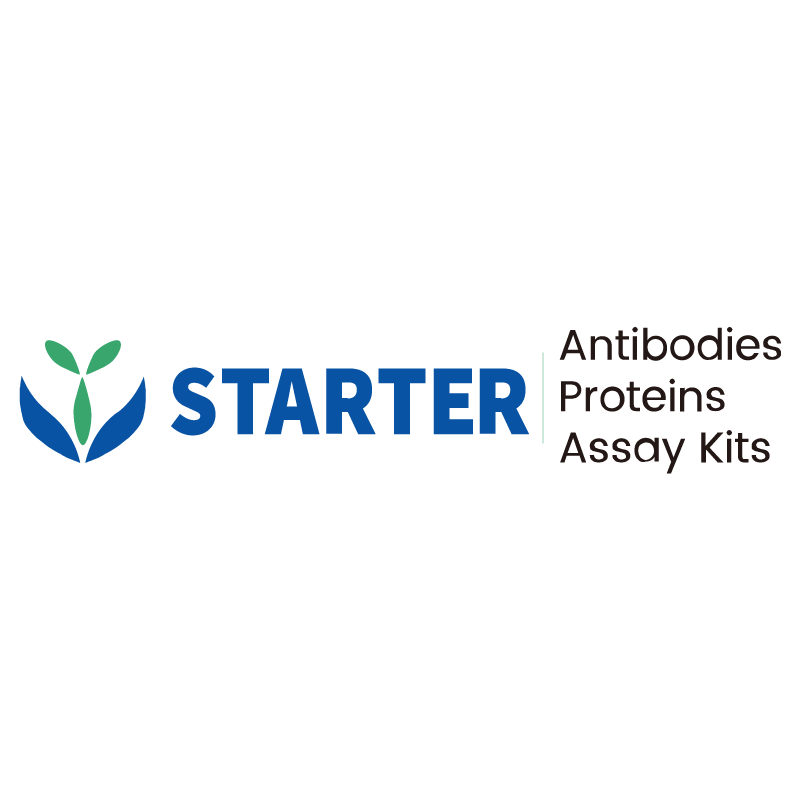Flow cytometric analysis of Human HLA-ABC expression on human peripheral blood Leukocytes. Human peripheral blood Leukocytes were stained with either PE Mouse IgG2a, κ Isotype Control (Black line histogram) or PE Mouse Anti-human HLA-ABC Antibody (Black line histogram) at 1.25 μl/test. Flow cytometry and data analysis were performed using BD FACSymphony™ A1 and FlowJo™ software.
Product Details
Product Details
Product Specification
| Host | Mouse |
| Antigen | HLA-ABC |
| Synonyms | HLA class I histocompatibility antigen; A alpha chain; Human leukocyte antigen A (HLA-A); HLA class I histocompatibility antigen; B alpha chain; Human leukocyte antigen B (HLA-B); HLA class I histocompatibility antigen, C alpha chain; HLA-Cw; Human leukocyte antigen C |
| Location | Cell membrane |
| Accession | P04439、P01889、P10321 |
| Clone Number | S-R526 |
| Antibody Type | Mouse mAb |
| Isotype | IgG2a,k |
| Application | FCM |
| Reactivity | Hu |
| Positive Sample | human peripheral blood Leukocytes |
| Purification | Protein A |
| Concentration | 0.2 mg/ml |
| Conjugation | PE |
| Physical Appearance | Liquid |
| Storage Buffer | PBS, 1% BSA, 0.3% Proclin 300 |
| Stability & Storage | 12 months from date of receipt / reconstitution, 2 to 8 °C as supplied |
Dilution
| application | dilution | species |
| FCM | 1.25μl per million cells in 100μl volume | Hu |
Background
HLA-ABC (also termed HLA class I classical heavy chains A, B, and C) are 44 kDa type I transmembrane glycoproteins encoded within the major histocompatibility complex on chromosome 6p21.3; each non-covalently associates with the invariant light chain β2-microglobulin (12 kDa) to form a peptide-binding heterodimer that is constitutively expressed on nearly all nucleated cells. These molecules serve as the principal conduit for presenting endogenously derived 8–11-mer peptides to CD8⁺ cytotoxic T lymphocytes, thereby orchestrating immune surveillance against intracellular pathogens, tumors, and transplanted tissues. Polymorphic residues concentrated in the α1 and α2 domains create an extraordinary diversity (thousands of alleles catalogued in the IPD-IMGT/HLA database), which underpins population-level resistance to infection yet constitutes the primary barrier to solid-organ and hematopoietic stem-cell transplantation through allorecognition. Beyond antigen presentation, HLA-ABC interacts with NK-cell inhibitory receptors (KIR and LILRB1) to calibrate natural killer cell responses, and its surface levels are dynamically modulated by cytokines such as interferon-γ, viral immune evasion proteins (e.g., HIV Nef, CMV US2/US11), and oncogenic signaling pathways, making quantitative HLA-ABC expression a prognostic biomarker in cancer immunotherapy.
Picture
Picture
FC


